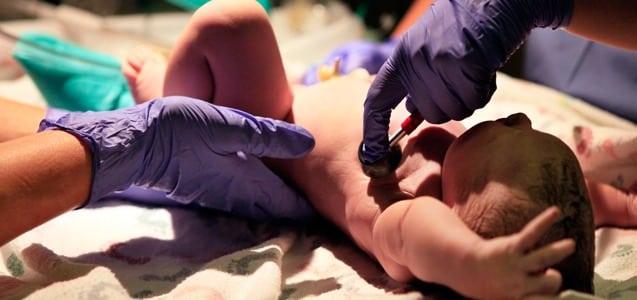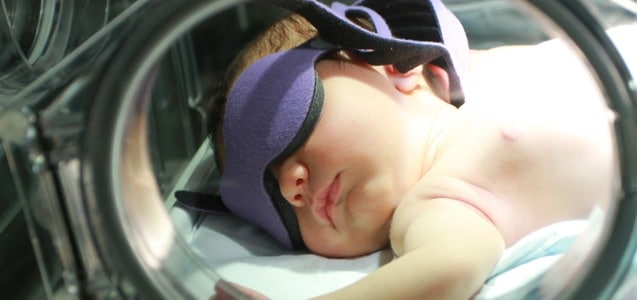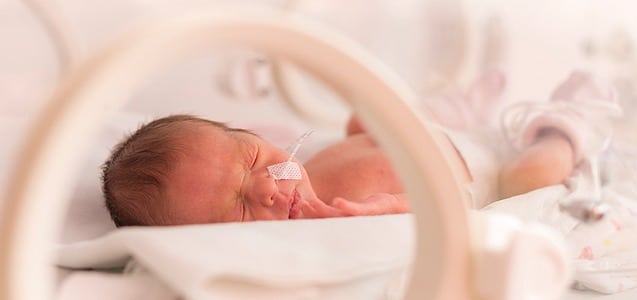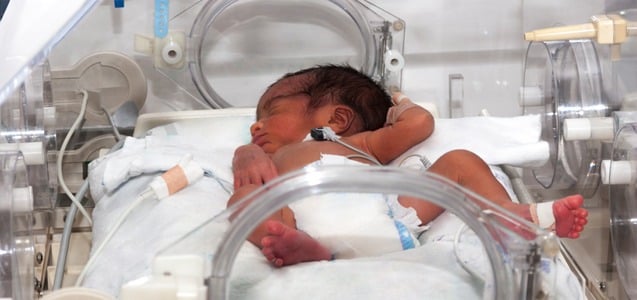
Chorioamnionitis
Chorioamnionitis is a serious complication during labor that may result in serious, irreversible injuries to the mother and child at birth. Affecting approximately 10% of pregnancies, this condition is also known as intra-amniotic infection (IAI). Chorioamnionitis is characterized by inflammation and infection of the fetal membranes (amnion and chorion) due to a bacterial infection. This...
CONTINUE READING
Incompetent Cervix
An incompetent cervix, also called a cervical insufficiency, is a potentially serious condition of pregnancy that occurs when weak cervical tissue causes or contributes to premature birth or the loss of an otherwise healthy pregnancy. This type of condition has been described by experts as a “diagnostic dilemma”. Because an incompetent cervix can often be...
CONTINUE READING
Vacuum Extraction And Subgaleal Hematoma
Approximately 5% (1 in 20) of all deliveries in the United States are operative vaginal deliveries. An operative vaginal delivery refers to a physician’s use of either forceps or a vacuum device when a woman’s labor has stalled. Over time, the rate of operative vaginal delivery has been steadily decreasing. However, the number of vacuum-assisted...
CONTINUE READING
Vacuum-Assisted Delivery And Birth Injury
Sometimes, during the labor and delivery process, the baby needs a little help getting through the birth canal. Approximately 1 out of 20 vaginal deliveries in the United States result in some form of assistance being required. Prolonged labor can be dangerous to the baby as well as extremely painful and exhausting to the mother....
CONTINUE READING
Group B Strep Infection Causing Birth Injury
Group B streptococcus (GBS), is a bacterium that can cause serious infections in newborn babies. It is one of many types of streptococcal bacteria, commonly referred to as “strep.” Approximately one in three to four pregnant women in the US carries GBS. It is found in the lower part of the digestive system (colon) and/or...
CONTINUE READING
Kernicterus
Despite advances in neonatal care, preventable injuries to newborns are still prevalent in the United States. Jaundice, a common medical condition in infants, is characterized by yellow tinting of a newborn’s skin and the whites of the eyes (conjunctiva). This yellowing is a sign that there is too much bilirubin (a substance formed by the...
CONTINUE READING
Ataxic Cerebral Palsy
Cerebral palsy (CP) occurs in nearly 1 in every 500 births, making it is the most prevalent cause of motor function impairment. A disorder of movement, muscle tone or posture, CP is a neurological condition caused by brain damage which is usually suffered before, during or soon after a baby is born. CP may also...
CONTINUE READING
Dyskinetic Cerebral Palsy
Cerebral palsy, or CP, is one of the most common birth injuries associated with medical negligence in the United States. This serious medical condition is the result of an injury to the baby’s brain, including brain damage caused by oxygen deprivation during labor and delivery. Cerebral palsy can be categorized into different forms, based on...
CONTINUE READING
Fetal Acidosis
Before a baby is born, the fetus is completely dependent on the mother’s blood supply to receive oxygen and nutrients. These necessities are delivered from mother to child through the umbilical cord and placenta. If proper care is not taken by a medical professional during the labor and delivery process, the baby’s oxygen supply can...
CONTINUE READING
Spastic Cerebral Palsy at Birth
Spastic cerebral palsy is a permanent loss of muscle control caused by an injury to the brain resulting from a variety of causes, one of which is a lack of oxygen to the baby during labor and delivery. Spastic CP is characterized by involuntary movement of the arms and legs, uncontrolled muscle spasms and can...
CONTINUE READING